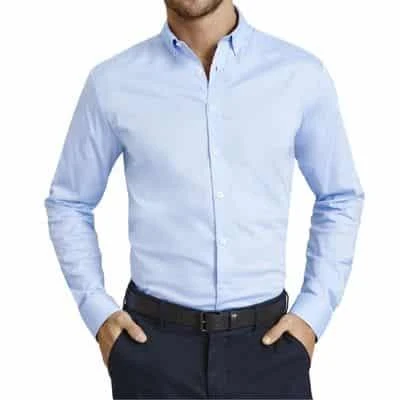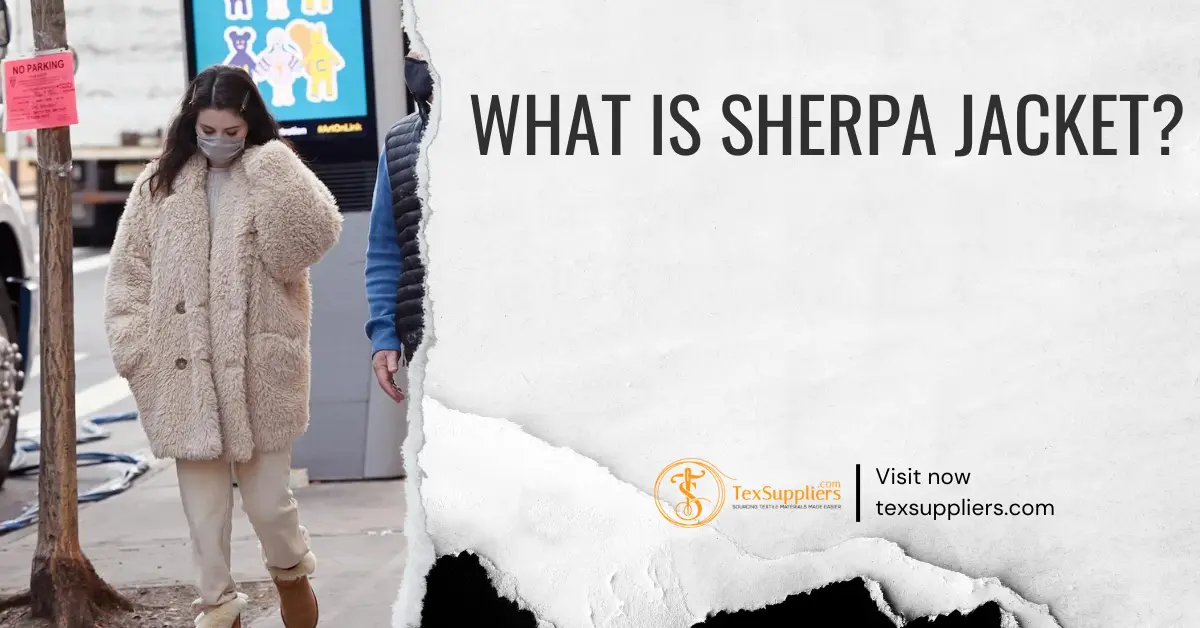What Is a Shirt? A shirt is a piece of clothing owned by almost everyone, regardless of gender, in this world. This clothing is versatile and can be worn to almost any event with style. However, even though it is a regular item in our lives, there is so much to know about a shirt. The shirt has evolved from its origin to the different types of fabric it can be made of. Please keep reading to learn more about it.

Table Of Contents
What is a Shirt, Exactly?
A shirt is a garment for the top portion of the body made out of cotton or other stretchable materials. It usually has a collar and sleeves and comes with a row of buttons down its front. Anyone can wear it, and in most cases, this item is an essential piece in many closets. There are shirts of different fashions and colors manufactured with various fabrics. A shirt was used to be typically worn as formal attire, but in recent times, it is worn as an item of everyday clothing.
What is a Shirt made of?
You will find that most shirts are made out of 100% cotton as it provides maximum comfort for everyday use. In such cases, polyester is also used; in some, a cotton/polyester blend is used. Besides, shirts are also made from other natural fabrics such as linen, wool, ramie, and silk. Recently, bamboo or soya has been used as the shirt material.
Other fabrics such as poplin, denim, corduroy, khaki, tartan, gingham, and much more are some of the famous materials for a shirt. Artificial fibers, such as polyester, viscose, and Tencel, are also used. Shirt fabrics are known as shirting, and there are four common weaves of shirting. Those are satin, oxford, twill, and plain. After the weaving is done, the fabric is coated with finishing.
The History of Shirts

Shirts have been worn by humans for a long period of time. since the ancient 18th dynasty of Egypt, shirts have been around. Shirts were originally an undergarment that was only worn by men. In the beginning, these clothing pieces were made from only linen and had a plain design. When the middle-aged arrived, shirts became tight-fitting, and by the end of the 15th century, shirts were made of different materials.
The Manufacturing Process Of a Shirt
Manufacture the collar and attach it to the collar stand.
↓
Cutting an inch wide of fusing down the front of the shirt for the button placket.
↓
The buttonholes are stitched in so that they are spaced evenly. The pocket is topstitched onto the shirt from all sides except the opening at the top.
↓
Both yoke panels are placed at the backside.
↓
Close towards the shoulder seam line, both sides of the shoulder of the shirt is attached to the item. Straight along the seam, the collar is attached.
↓
The sleeve plackets are attached on both sides of the shirt, and then the sleeves are stitched, and the sleeve caps are shaped round by using a press iron.
↓
Finishing is provided to the inside of the armhole and made sure that only one stitch line is visible from the outside.
↓
Side seams are stitched to the bottom of the shirt.
↓
The bottom hemming is pressed and then stitched 1mm away from the folding edge.
The Different Types of Shirts
Casual Shirts –

These shirts are a loose fit and are usually made out of a lightweight material that is also textured. It is mainly worn as casual wear, but it can also be styled to wear to work.
Blouse –

Women typically wear blouses and come with various styles to choose from. Its design is not like the traditional shirt; the fabric also varies.
Oxford-Button Down Shirt –

It is a classic and usually takes on traditional fashion. Perfect for almost all events with a thicker and richer fabric and full button-down collar.
Polo –

A shirt worn by either gender is a Polo. These shirts are made of knit fabric and have narrow sleeve hems. The sleeves are usually short, with three to four buttons down the front.
Dress Shirt –

Dress shirts look the best with a three-piece suit or tuxedo. It is thicker than the usual shirts and has a pointed collar and double cuffs. Perfect for tie events.
Flannel Shirt –

You will almost always catch these shirts in the traditional checked pattern. They are thick and soft fabrics that can keep warm in cold climates. The best part is flannels are very easy to style.
Pin Tuck –

Pin Tuck shirts are usually worn by women and they look like dresses or button-down shirts. This shirt has a formal look to it for which and looks good when paired with women’s business suits.
Office Shirt –

As you can guess by the name, these shirts are best for office hours. They mostly come in white or pale blue colors which are suited for the office environment. Men prefer to style this shirt by rolling up the sleeves.
Aloha Shirt –

When you’re at the beach, you don’t want to look formal and for that, aloha shirts are a perfect pick. These are loose-fitted, casual, and colorful shirts that are worn untucked and fall flat on the hem.
Western –

Shirts with two front pockets and a V-shaped seamed yoke. These shirts are usually made out of flannel or denim material. If you are going to the countryside, you will catch a lot of people wearing these.
The Key Features of a Shirt
|
Durability |
Very durable, can last for many years |
|
Stiffness |
Not at all |
|
Breathability |
Highly Breathable |
|
Wash Fastness |
Good and can be washed easily |
|
Cost |
Depends on the brand and type of material |
|
Strength |
Not much will form tears if a lot of pressure is exerted |
|
Tensile Strength |
Depends on the type of fabric |
|
Sustainability |
Depends on the clothing brand |
|
Comfortability |
Depends on the fabric |
|
Stiffness/Rigidness |
None |
|
Water Resistant Abilities |
Depends on the material |
|
Heat Retention Abilities |
Average; any material will burn at high degrees |
|
Washing Temperatures |
None, but average is recommended |
Characteristics of a Shirt
Advantages of a Shirt
- Comfortable.
- Affordable.
- Versatile.
- Easy to wear.
Disadvantages of a Shirt
- The process of manufacturing some shirts in the factories has been proven to be damaging to the environment.
- Some fabric materials are hard to work with for which the cost of production is high so the cost of the product is also high.
- Shirts do not last for a very long time and even if a little tear forms then it might tear up further over time.
- The colors used on some shirts fade over time or they bleed while washing and ruin other clothes.
- If not properly cared for, then the shirts will get damaged very quickly.
FAQ on Shirts
Are shirts expensive to manufacture?
Shirts do not cost a fortune to manufacture, but the thick fabrics are tougher to work with and might be a bit more costly than lighter fabrics.
What does the quality of a shirt depend on?
The quality of a shirt depends mostly on how it has been stitched. If the stitch is not good, the shirt will not last long and will also look bad.
How to style shirts?
Shirts can be easily styled. You can pair them with a skirt, pants, shorts or even trousers. Shirts are worn by everyone and for every occasion.
Final Words:
In conclusion, the shirt is a very versatile piece of clothing that can be worn and styled however an individual wants. They are manufactured in various styles, colors, and fabrics. Shirts can be worn regardless of the occasion and time of the day. Even at home, shirts are easy to stitch. Durable, easy to care for, and affordable, shirts cannot get any better.











Comments - 00
Leave A Reply
Thanks for choosing to leave a comment.